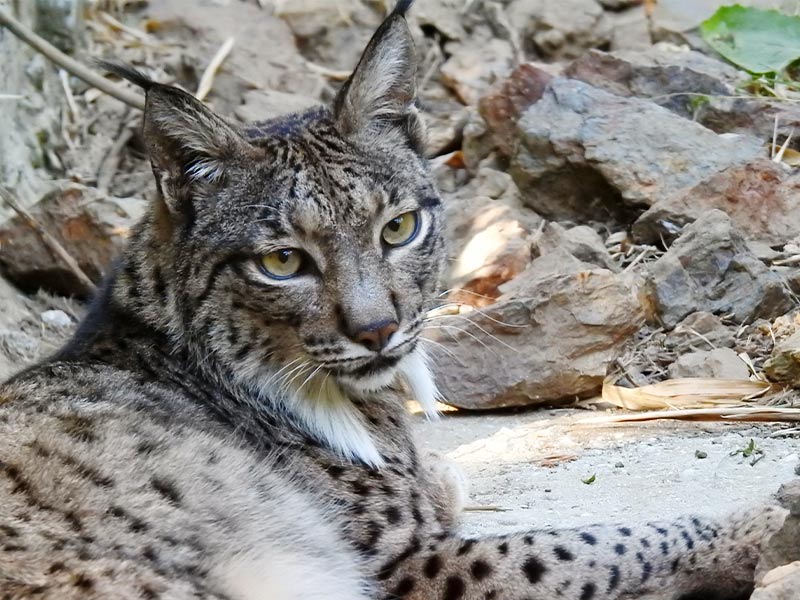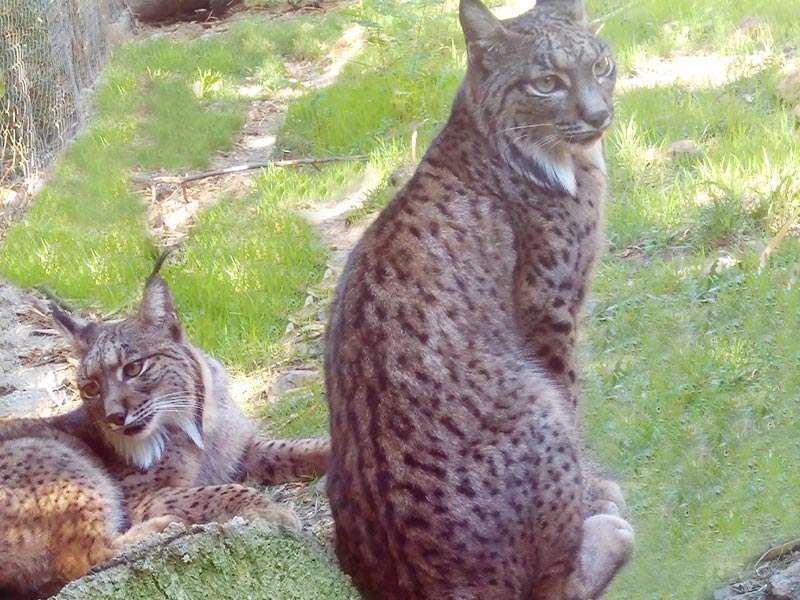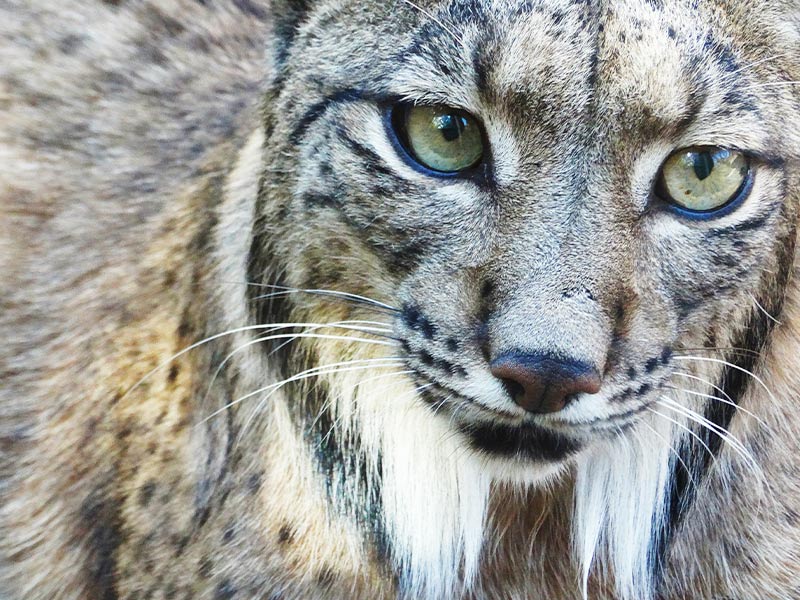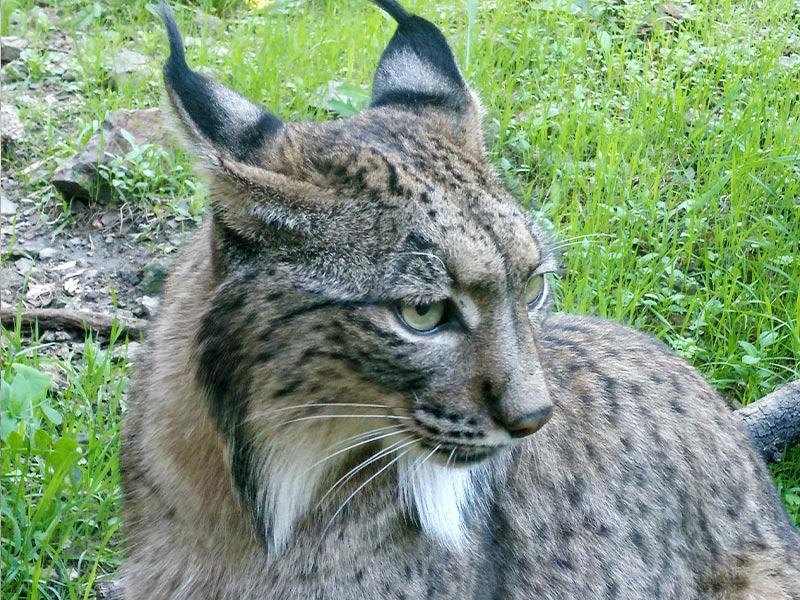



Iberian Lynx




















This species is endemic to the Iberian Peninsula and depends entirely on the Mediterranean forest ecosystem, which is characterized by the presence of very diverse plant species, from closed thickets to grasslands.
It is a solitary animal that depends on dispersal between populations to avoid inbreeding and seeks areas that provide shelter and open pastures where it hunts rabbits, which make up 90% of its diet. In the past they lived in almost all areas of the Peninsula with Mediterranean scrub and rabbits, but in recent years their population has declined drastically with specimens located in two areas of Andalusia: Doñana and the Sierra de Andújar in Jaén; as well as in localized areas of Castilla La Mancha, Extremadura and Portugal.
The Iberian lynx is a specialist in small prey. It can kill small prey with a single bite by severing the spinal cord. Its hunting weapons are: a foreshortened skull that maximizes bite force, narrower muzzle, longer jaw and smaller and sharper canines than felines specialized in large prey, serrated incisors, frontal eyes that allow it to see its prey in three dimensions and large hands with sharp nails to catch the prey firmly and prevent it from escaping.
Their dense fur is mottled, making it easy for them to blend in with the undergrowth they move through. Iberian lynxes are classified on the basis of their coat pattern, and three categories can be distinguished: fine spotted, numerous spots of small size and evenly distributed; intermediate spotted, larger spots with a tendency to be arranged in lines; and coarse spotted, of similar size to intermediate spotted, but without a specific arrangement.
They are nocturnal, especially in summer, becoming more diurnal in winter. They come into heat once a year and after a gestation period of about 70 days, the female gives birth to 1 to 4 offspring. When the mother moves, she moves the cubs by grabbing them by the nape of the neck. From the age of two months the pups are able to follow their mother. The female does all the breeding alone.
Among the main threats to this species are: the fragmentation and destruction of its habitat that prevents the dispersal capacity of the species and leads to inbreeding, the decrease in the rabbit population due to diseases, trampling and poaching.
In order to combat these threats, different actions are carried out such as habitat adaptation, improvement of the rabbit population, ex-situ conservation and reintroduction, genetic reinforcement to avoid diseases and social awareness. Javo and Judia are a pair of Iberian lynx that live in Selwo Aventura because they are not suitable for reintroduction into the wild. They help to raise awareness among visitors of the importance of their conservation. Until recently, it was considered the most endangered cat species on the planet. Recently, the International Union for Conservation of Nature (IUCN) reclassified the Iberian lynx from "endangered" to "vulnerable", indicating a recovery of free-ranging populations.